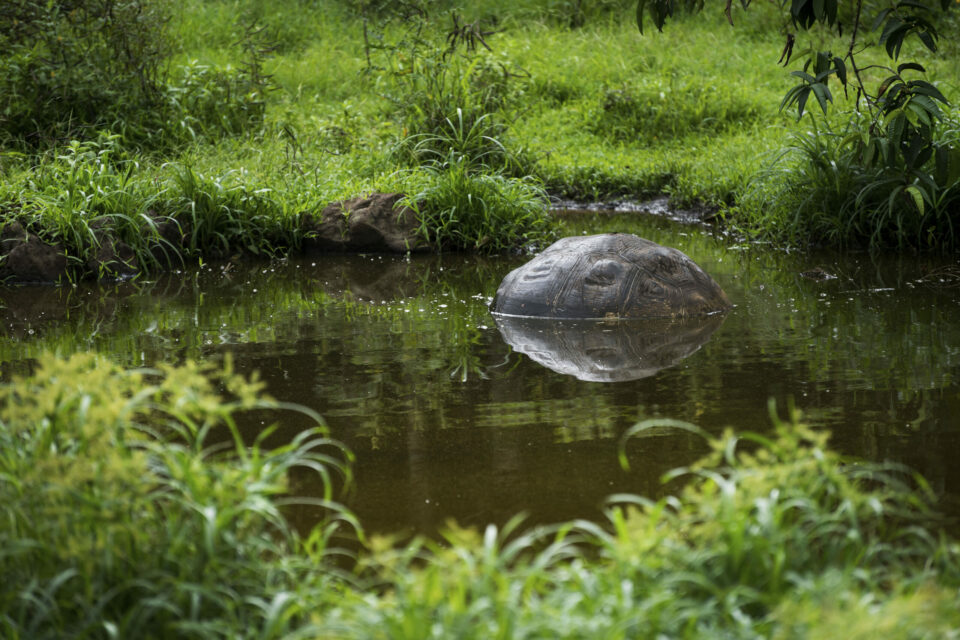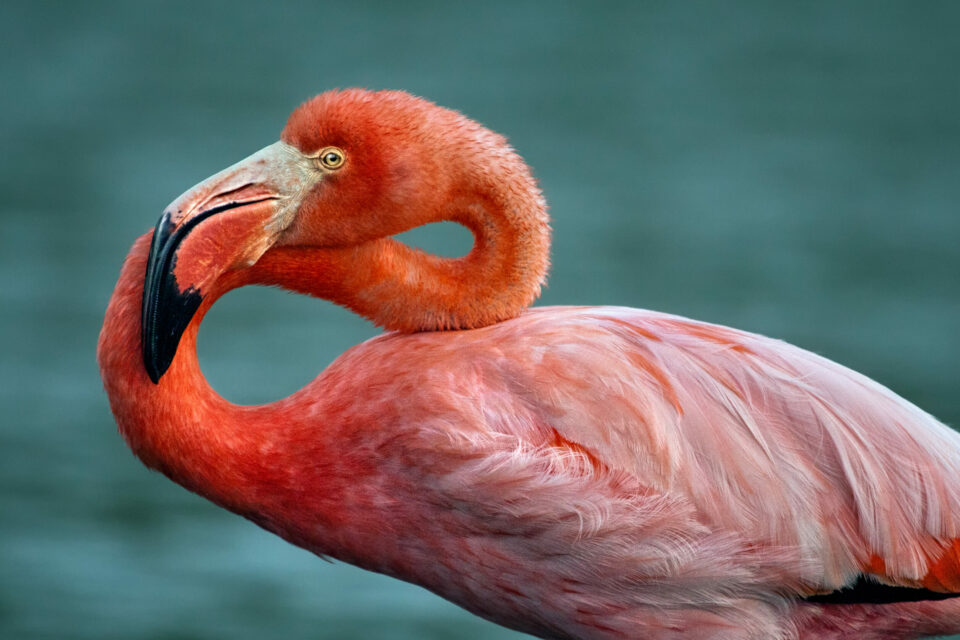

Saving the Little Vermilion Flycatcher – Project Update
There have been some very exciting developments within the Little Vermilion Flycatcher Project so far in 2020. In February the first fledglings of the project were spotted!
Project Updates
There have been some very exciting developments within the Little Vermilion Flycatcher Project so far in 2020. In February the first fledglings of the project were spotted!
The little vermilion flycatcher is endemic to Galapagos, meaning it is found nowhere else on Earth. Having already gone extinct on Floreana and Santa Fe islands, they are declining on Santiago, Rabida, Isabela and Santa Cruz and is today listed as Vulnerable on the IUCN’s Red List of Endangered species.

A male vermilion flycatcher with his striking red plumage © Ian Dunn
It was originally thought the disappearance of primary forests for agriculture was the main driver of their declines. However, recent research by the Charles Darwin Foundation (CDF) has shown that whilst this is one contributing factor, invasive species appear to be playing a key role. The parasitic fly Philornis downsii, whose larvae feed on the young of many birds in Galapagos, was identified as a major impact on the species.
Complicating matters further for the threatened little vermilion flycatcher is the spread of the invasive raspberry plant (Rubus niveus). The team believes their preference for feeding in open areas within forests makes them susceptible to the spread of dense patches of raspberry plants, covering otherwise open space and preventing the birds from feeding normally.
About the project
To reverse these declines of endemic land birds, including little vermilion flycatchers (LVFs) as quickly as possible, the Charles Darwin Foundation (CDF) and the Galapagos National Park Directorate (GNPD) formed the Landbird Conservation Program in 2014. This program counts on the help of Galapagos residents, visitors, and researchers from around the world and is investigating multiple options simultaneously for the protection of iconic bird species.
Galapagos Conservation Trust has supported the project since the end of 2019 to increase the number of LVF’s on Santa Cruz. To do this, the team is removing invasive raspberry plants from Mina Roja on Santa Cruz to allow the forests to recover naturally. This simultaneously increases the amount of open space for the birds to feed in. They also have the time and resource heavy task of locating nests and applying insecticide to protect young birds from P. downsii infestation.

Female vermilion flycatcher feeding chicks © Charles Darwin Foundation
Project successes to date
So far, however, their incredible efforts are paying off, with three young birds successfully fledging from two nests treated with injections of permacap to reduce Philornis infestation! Eggs have recently hatched in a third treated nest and others are being built across Mina Roja on Santa Cruz. Whilst there is still a long way to go to ensure a future for this much loved species, we are extremely pleased to see the project make such a successful start and we look forward to keeping you updated on the team’s progress.

Vermilion flycatcher fledglings © Charles Darwin Foundation
Ways you can help
Donate to our Land Birds Appeal to help GCT’s efforts to conserve this species and other. Alternatively why not purchase one of our unique land bird-themed t-shirts, jumpers or bags, exclusively designed for GCT and made from 100% organic cotton.
Related articles


Double your donation to rewild Galapagos with the Big Give

5 of the most colourful birds in Galapagos


